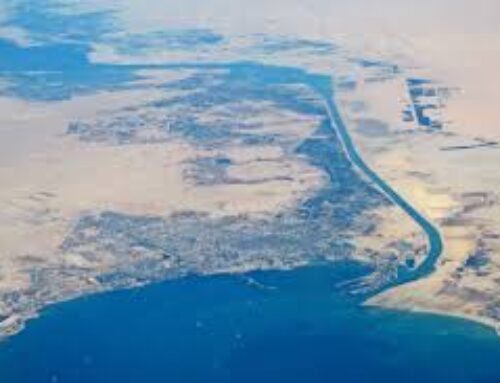
Industry profile: Power is one critical component for the development of the economy. Lack of availability of power is not sustainable for growth and development. India is one of the countries having diverse sources of natural resources like Water, Coal, Lignite, Natural Gas, Oil, Nuclear power, and wind which also help the development of the power sector. Electricity demand in the country has increased rapidly and is expected to rise further in the years to come. To meet the increasing demand for electricity in the country, massive addition to the installed generating capacity is required. India ranked third among 40 countries in EY’s Renewable Energy Country Attractiveness Index, on the back of a strong focus by the Government on promoting renewable energy and implementation of projects in a time-bound manner and moved up 73 spots to rank 26th in the World Bank’s list of electricity accessibility in 2017.
The power sector in India is undergoing a significant change that has redefined the industry outlook. Sustained economic growth continues to drive electricity demand in India. In addition, the Government of India’s focus on attaining ‘Power for all’ has accelerated capacity addition in the country. At the same time, the competitive intensity is increasing at both the market and supply sides (fuel, logistics, finances, and human resources).
The total installed capacity of power stations in India stood at 330,260.53 Megawatt (MW) as of May 2017. The Ministry of Power has set a target of 1,229.4 billion units (BU) of electricity to be generated in the financial year 2017-18, which is 50 BU higher than the target for 2016-17. The annual growth rate in renewable energy generation has been estimated to be 27 percent and 18 percent for conventional energy.
The GoGovernmentas added 10.2 Giga Watts (GW) of conventional energy generation capacity and 12.5 GW of renewable energy capacity in the Financial Year 2017. As a result, under the 12th Five Year Plan, the GoGovernmentas added 93.5 GW of power generation capacity, surpassing its target of 88.5 GW during the period.
Company Profile: The company is a hydroelectric power generating company with operations in the North and Northeast parts of India. The company holds expertise in planning, developing, and implementing an integrated and efficient network of hydroelectric projects in India. It executes all aspects of the development of hydroelectric projects, from concept to commissioning. It has developed and constructed 22 (6717 MW) hydroelectric power stations. This includes two power stations with a combined capacity of 1,520 MW, built and operated through the Subsidiary, NHDC. Its power stations and hydroelectric projects are located predominantly in the North and North East of India, in the states of Jammu & Kashmir, Himachal Pradesh, Uttarakhand, Arunachal Pradesh, Assam, Manipur, Sikkim, and West Bengal. Presently, it is constructing three additional hydroelectric projects having a capacity of 3130 MW. Further eight projects, including one joint venture project, with an anticipated total of 5133 MW, are currently awaiting sanction from the CCEA. In addition, surveys and investigations are being carried out to prepare project proposal reports for three additional projects, totaling 1130 MW of anticipated capacity.
Shareholding Pattern: BSE Data
Financial and Ratio : [table id=91 /]
Future Prospects: The company was going through large capital expenditures. It is now completed, and the stock is moving after a considerable consolidation. Even if Hydroelectric is renewable energy, the cost and other effects are high. And so, the potential and future growth possibilities are not unlimited. The cost of building one dam is not tiny. Due to many other reasons, even if the price of a generation of hydroelectric is negligible once the dam is made, at that point, it is costly. In India, due to population, there is a limitation on water use for electricity generation. So future prospectus is limited.



